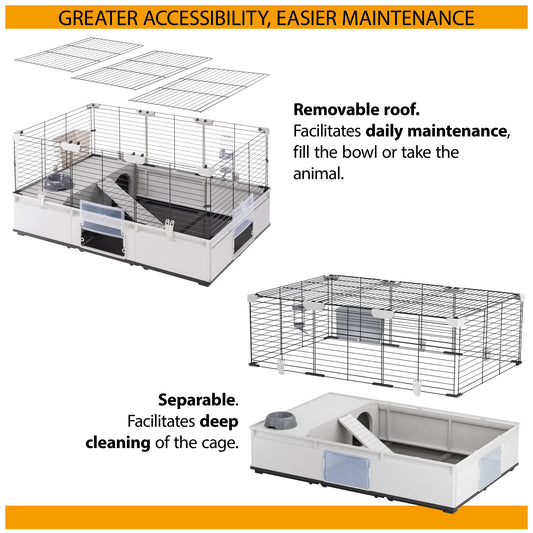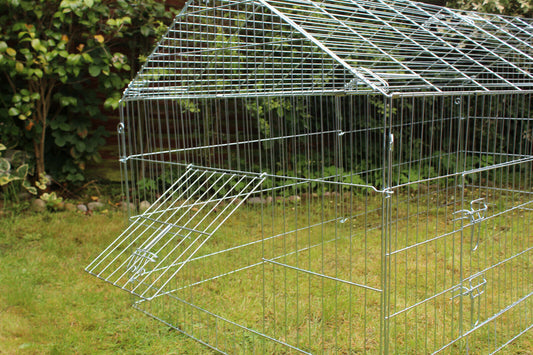Nail care is an important part of grooming that is often overlooked by owners. Not all dogs need regular nail trimming – depending on their breed, age and lifestyle – but you need to know how to recognise when nails are in need of attention. Failing to maintain good nail care can lead to discomfort, pain or infection in a dog’s paw.
How can you tell if your dog needs its nails trimmed?
Being able to hear your dog on hard flooring is not necessarily a sign that they need their nails cut. When your dog is standing in front of you, look at the position of their nails. If they are touching the ground gently and are worn flat, you can leave them alone. However, if they are beginning to curve under or are damaged they will need trimming. Split or chipped nails on your dog’s paw can leave sharp edges that can get snagged on bedding or carpets.
Depending on your dog’s age, activity level and the surface it normally walks on, you might find that their nail length is naturally kept under control. Daily pavement walking is usually enough to wear down a dog’s nails but if your dog is particularly small and light, it might not be able to do this effectively. Older dogs, and those that are less active, may also need help keeping their nails trimmed.
How to clip your dog’s nails
Each nail consists of a hard outer shell, softer inner shell and a central pink blood vessel (quick) that contains the blood and nerve supply. Dogs do not have any feeling in the outer nail – much like our own fingernails – but if you accidentally catch the quick it can result in pain and bleeding. This can put some owners off attempting to trim their dog’s nails themselves, in which case a vet or groomer should be asked to do them instead.
With a bit of practice and patience nail clipping is something that most owners can do. Here are some top tips to help you get started:
- Your dog should already be happy having its paws handled. This is something that puppies should have been introduced to when they are still very young. If your dog doesn’t like having its paws touched, it is probably best to leave any nail trimming to the experts.
- If your dog is not used to having its nails trimmed, you will need to introduce the clippers gradually and give your dog lots of praise and treats to reinforce it as a positive experience.
- Your dog will need a non-slip surface on which to feel secure while one of its paws is in the air so sit them on the carpet, rug or mat before you start. Hold your dog gently and never force them into position.
- Trim only the very tip of a nail to start with and remember to praise and reward your dog immediately afterwards with treats. Don’t attempt to trim all your dog’s nails in one go. Keep sessions short and build up gradually. If at any point your dog begins to get distressed, stop and try again another day.
- If your dog has white nails, you should be able to see the pink quick, which will make it easier to avoid. However, you won’t be able to see where the quick is in dark nails so you will need to be even more cautious. It is a good idea to give each nail a test first by just squeezing the clippers on it without cutting. If your dog feels the squeeze then it means you are too near the quick.
Cutting the quick
It’s a good idea to have some styptic powder (a fast-acting coagulant) to hand in case of bleeding. If you accidentally cut your dog or catch their quick, simply wet your finger, dip it in the powder and put pressure on the bleeding nail tip for at least 10 seconds. If the nail continues to bleed, repeat the procedure until it stops.
If you don’t have any styptic powder, corn starch works well as an alternative and can be applied in the same way.
Dewclaws
In addition to four toes on each paw, most dogs have a dewclaw higher up on their front legs. Some breeds have them on their back feet too and a few mountain breeds, such as the St Bernard, have double dewclaws.
It is thought that the modern dog’s wild ancestors used their dewclaws to help them climb. They could grip and stabilize themselves with the aid of their dewclaws – especially useful for dogs living in the mountains.
Some breeders have their pup’s dewclaws removed at birth to prevent any future injuries as it is common for them to get caught on things. As dewclaws do not touch the ground, they cannot be worn down naturally so need to be checked regularly and trimmed as necessary.
If you found this article interesting, you may like to read:
Dog Shedding - How to Handle the Hair
How to Take Care of Your Dog's Teeth









